In response to the long-term care demand brought about by the aging population structure, governments of various countries have formulated policies to build up mobile medical network by using Internet of things technologies such as WIFI, Bluetooth, 3G, 4G, 5G, GPS and RFID. In addition, under the fermentation of topics such as long-distance care, the integration of the medical industry into the next new application stage of the Internet of things is also driven.
The main application technology of Internet of things in the field of intelligent medicine mainly lies in three aspects: visualization technology of material management, digital technology of medical information and digital technology of medical process.
1. Material and drug monitoring management
With the help of RFID technology, it has been widely used in the visualization technology of material management in medical institutions. It realize the production, distribution, anti-counterfeiting and traceability of medical devices and drugs, avoid public medical safety problems, and realize drug tracking and equipment tracking. It can monitor the whole process of scientific research, production, flow and use in real time, effectively improving medical quality and reducing management costs.
According to report from the World Health Organization, the proportion of fake drugs in the world has exceeded 10%, and the sales volume has exceeded 32 billion RMB. It is also reported that at least 200000 people died every year from misusing drugs and improper use of drugs, and 11% - 26% of them are died from unqualified drugs. And about 10% cases of them died from medication errors. Therefore, RFID technology plays an important role in tracking and monitoring drugs and equipment, rectifying and standardizing the medical supplies market.
Specifically, the application direction of Internet of things technology in the field of material management is as follows:
(1) Anti counterfeiting of medical equipment and drugs
The identity label attached to the product is unique and hard to copy. It support information and anti-counterfeiting query. It will be a very important investigation and punishment measure for fake and inferior products. For example, when the drug information is transmitted to the public database, the patient or hospital will check the contents of the label and the records in the database, so as to identify the counterfeit drugs conveniently.
(2) Real-time monitoring for whole process
In the whole process of drug research, production, circulation and use, RFID tags can be monitored in an all-round way. Especially at the time of delivery, when the product is automatically packaged, the reader installed in the production line can automatically identify the information of each drug, transmit it to the database, record the intermediate information at any time during the circulation process, and implement the whole line monitoring.
(3) Medical waste information management
Through the cooperation of different hospitals and transportation companies, a traceable medical waste tracking system is established with the help of RFID technology, which can track the whole process of medical waste transportation to the treatment plant and avoid the illegal treatment of medical waste.
2. Digital hospital
Internet of things has a broad application prospect in medical information management. At present, the hospital's demand for medical information management mainly focuses on the following aspects: identity recognition, sample recognition, medical record recognition.
Among them, identification mainly includes patient identification and doctor identification; sample identification includes drug identification, medical device identification and laboratory product identification; medical record identification includes condition identification and physical sign identification. The specific application is divided into the following aspects:
(1) Patient information management
The patient's family history, past medical history, various examinations, treatment records, drug allergy and other electronic health files can help doctors to formulate treatment plans; doctors and nurses can achieve real-time monitoring of patients' vital signs, treatment chemotherapy and other information, eliminate the use of wrong drugs and other phenomena, and automatically remind nurses to send drugs, patrol and other work.
(2) Medical emergency management
Under the special circumstances of many wounded, unable to get contact with family members, and critically ill patients, with the help of reliable and efficient information storage and inspection methods of RFID technology, we can quickly realize the identification of patients, determine their name, age, blood type, emergency contact number, past medical history, family and other relevant details, complete the admission registration procedures, and strive for the precious time of treatment for the first-aid patients.
In particular, if the ambulances are equipped with 3G video equipment. On the way to the hospital, the emergency room can first understand the physiological conditions of the patients, and strive for the golden time for rescue. If it is located in a remote area, it can even take a remote medical imaging system for emergency rescue.
(3) Drug storage
RFID technology is applied in the storage, use and inspection process of drugs to simplify the manual and paper records processing, prevent out of stock and easy for drug recall, avoid confusion between similar drug names, doses and dosage forms, strengthen drug management, and ensure the timely and preparation of drug supply.
(4) Blood information management
Applying RFID technology to blood management effectively avoid the disadvantages of small barcode capacity, realize non-contact identification, reduce blood pollution, achieve multi-objective identification, and improve the efficiency of data collection.
(5) Avoid Error of pharmaceutical preparations
By adding error prevention mechanism in the process of drug taking and dispensing, we can realize the information management of drug preparation in the aspects of prescription opening, dispensing, nursing administration, patient medication, drug efficacy tracking, drug inventory management, drug supplier's purchase, storage period and environmental conditions, confirm the type of drug used by patients, record the flow direction of patients' use and save the batch number, etc., so as to avoid drug use negligence, and ensure patient medication safety.
(6) Traceability of medical devices and drugs
By accurately recording items and patients' identities, including basic information of product use, specific product information involved in adverse events, regions where the same quality flaw products may occur, patients involved in the flaw products, location of the flaw products that have not been used and other information, tracing back to the non-performing products and related patients, and controlling all medical devices and drugs that have not been put into use, Provide strong support for accident handling.
(7) Information sharing and interconnection
Through the sharing and interconnection of medical information and records, we can integrate and form a developed comprehensive medical network. On the one hand, authorized doctors can check the patient's medical record, patient history, treatment measures and insurance details. Patients can also choose or change doctors and hospitals on their own; on the other hand, support township and community hospitals to achieve seamless connection with the Central Hospital in terms of information, and be able to obtain expert advice, arrange referral and receive training in real time.
(8) Neonatal anti-theft system
It combines the management of maternal and infant identification, infant anti-theft and channel authority in the gynecology and obstetrics department or the gynecology and children's hospital of large-scale general hospital to prevent the entry and exit of outsiders at will. Especially, after the baby is born, it is also necessary to wear an RFID wristband that can mark the unique identity of the baby, and make the baby's information and the mother's information have a unique correspondence. To verify the baby's identity, you only need to compare the RFID wristband information of the mother and the baby.
(9) Alarm system
Through the real-time monitoring and tracking of medical devices and patients in the hospital, to receive emergency signals sent by the patients and to prevent patients from leaving hospital without permission, to prevent damage or theft of valuable devices, and to protect temperature sensitive drugs and laboratory samples.
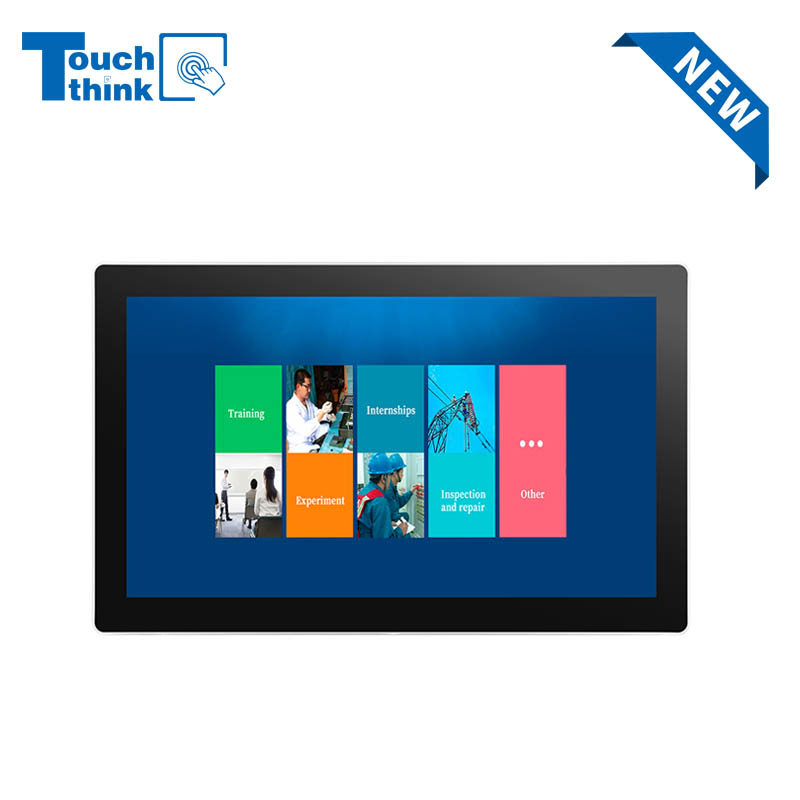
IP65 Wall-Mounted Industrial Touch Screen Monitor | Waterproof HMI Display VIEW MORE
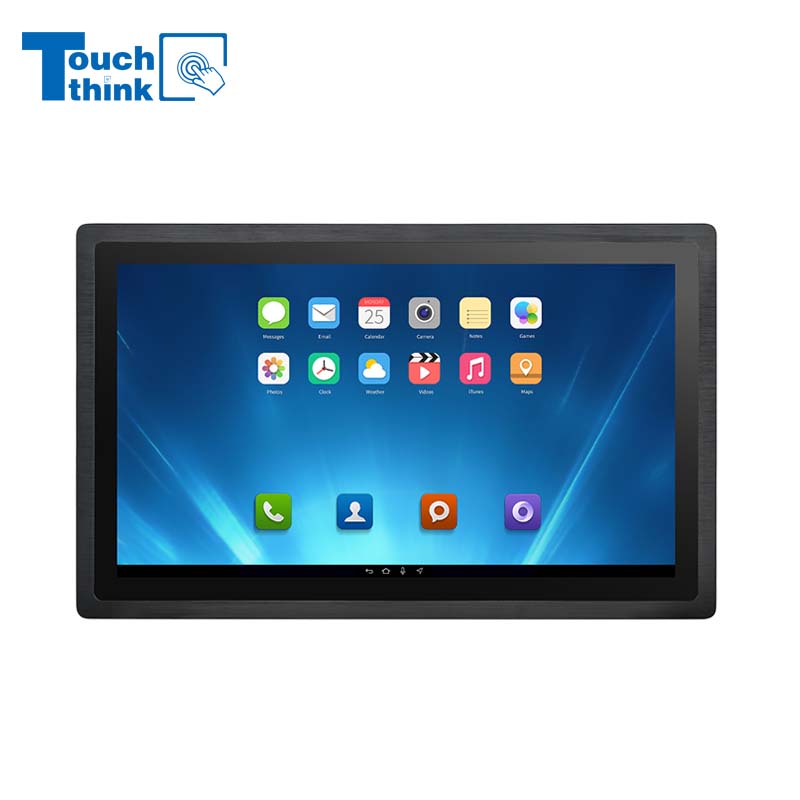
23.8 Inch Industrial Panel PC, Slim Ultra-Thin Design, Multiple I/O Ports, Rugged Touch Computer for IIoT VIEW MORE
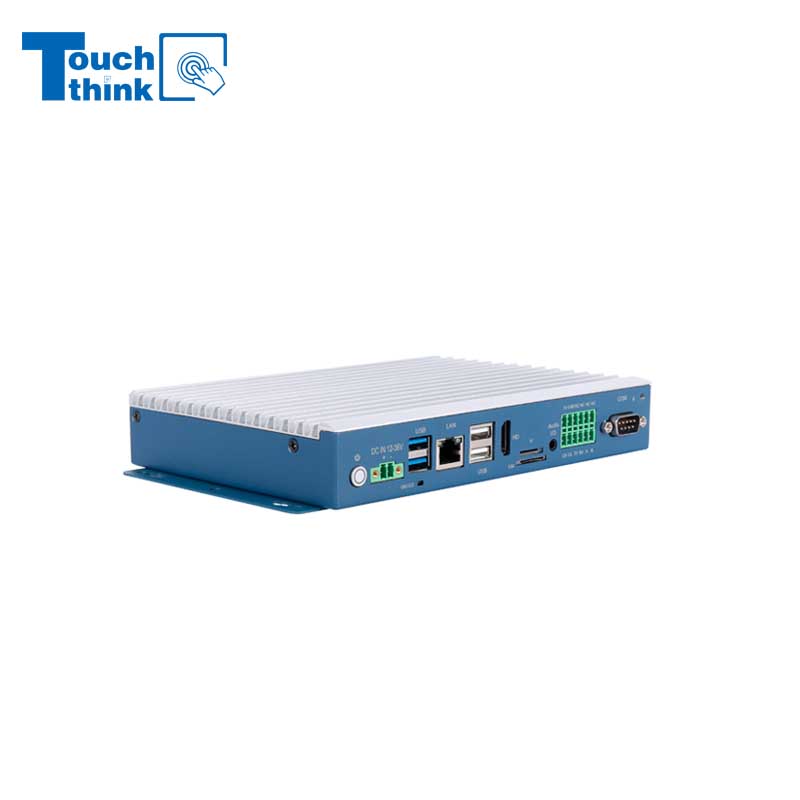
Embedded Fanless Computer ARM Cortex-A55 Quad-Core 64-bit Computers with 1TOPS NPU and Wi-Fi 6 Capabilities VIEW MORE
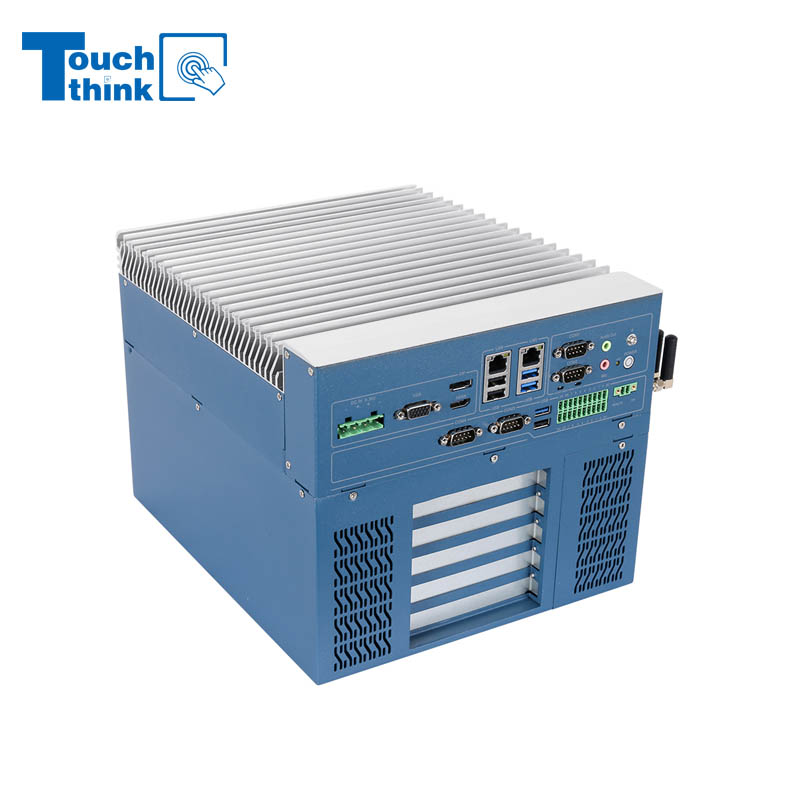
High Expandability Industrial Embedded PC with Expansion Slots PCIex16 PCIex4 9 to 36V Input VIEW MORE
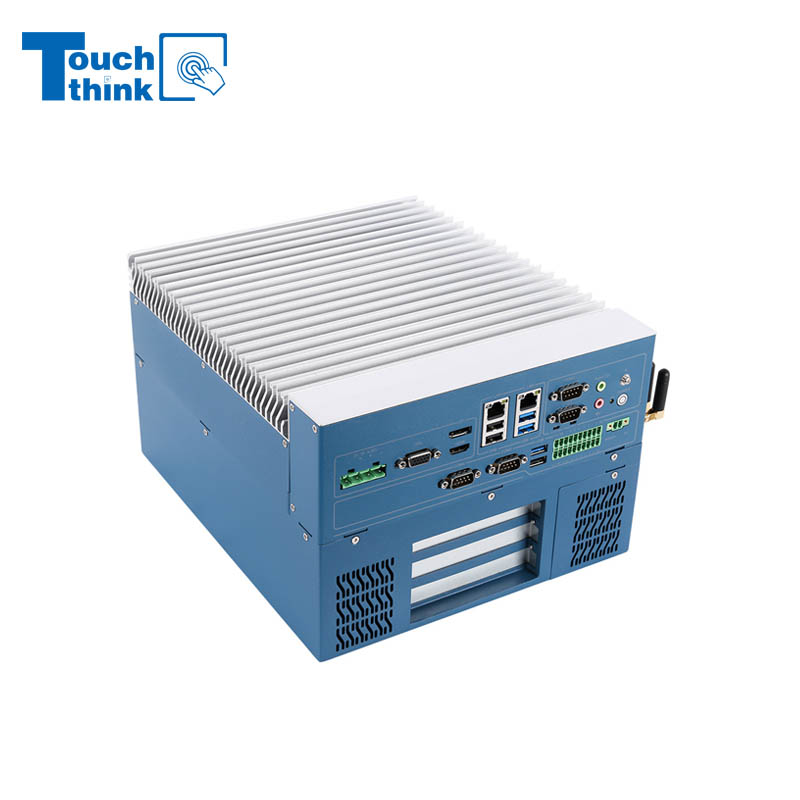
Modular Embedded Computer with Intel® Core 12/13/14th-Gen Processor 2.5GbE LAN VIEW MORE
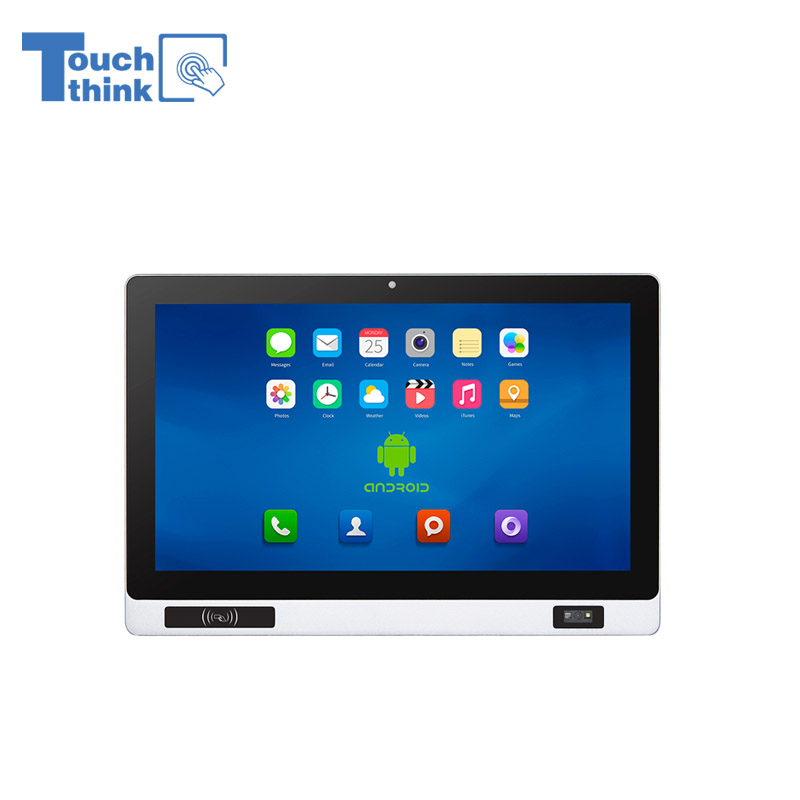
Industrial Panel PC with NFC and QR Code Scanning Functions for Smart Factory VIEW MORE
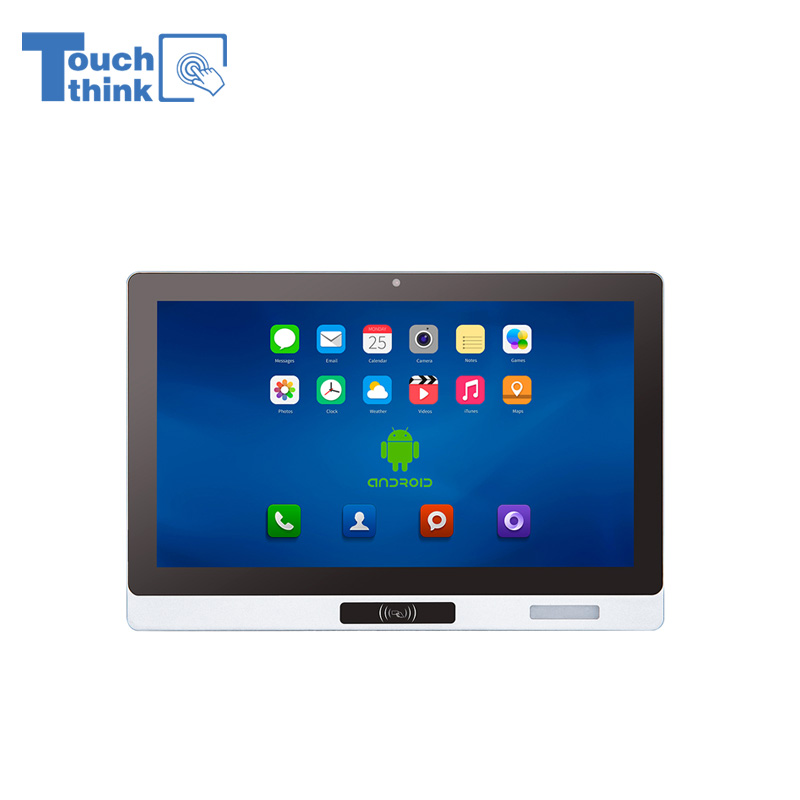
All-in-One Android Panel PCs with NFC/Camera For MES System in Digital Factory 24/7 Use VIEW MORE
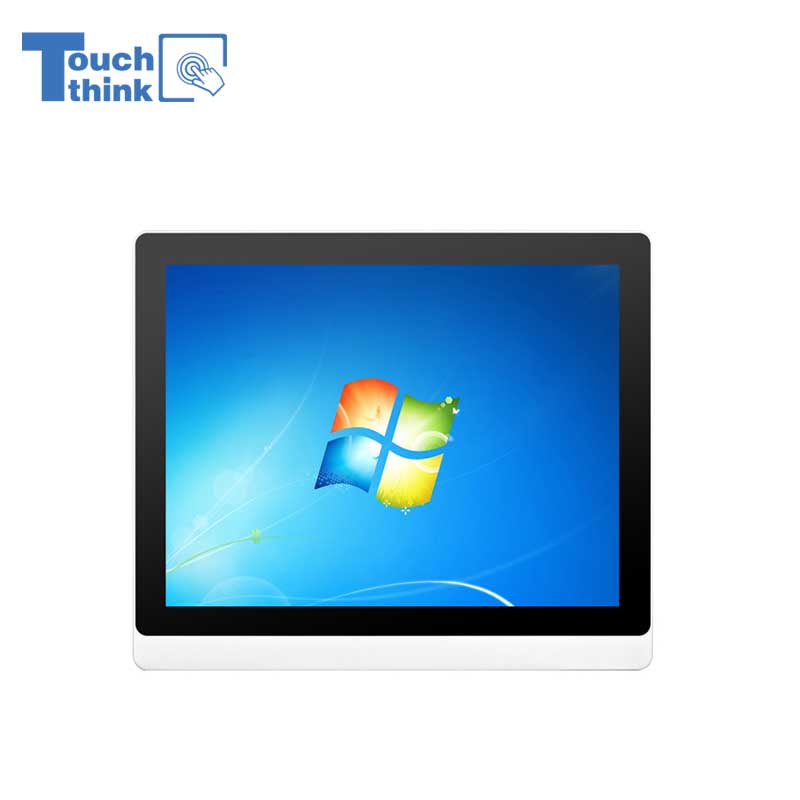
VESA Mount Industrial Touch Panel PC with i3 i5 i7 Processor Desktop Computer 8GB DDR4 128GB SSD VIEW MORE
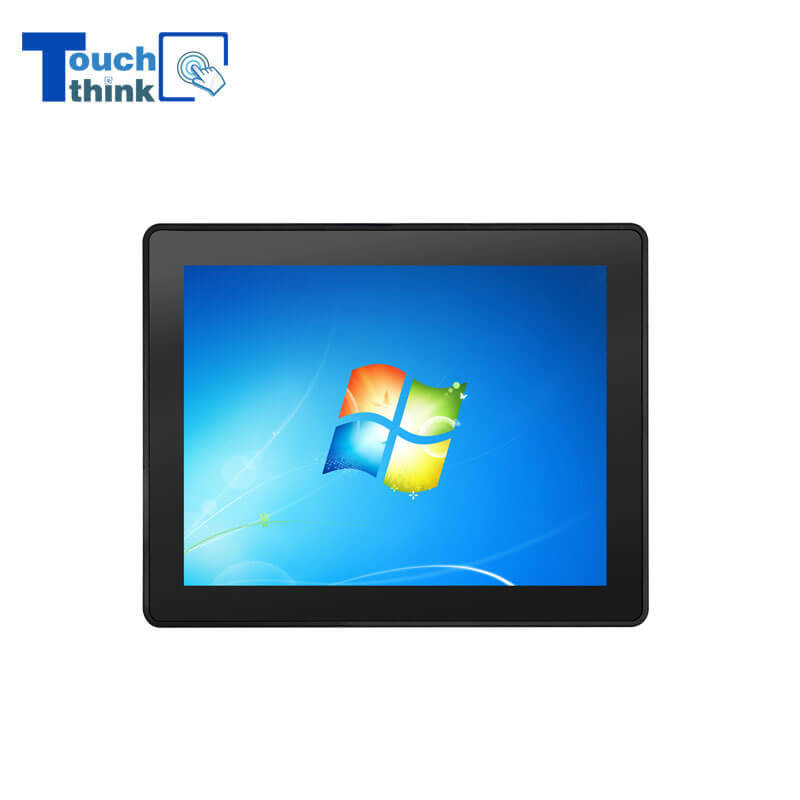
Rugged IP65 Industrial Touchscreen Computer Industrial HMI Panel PC VIEW MORE
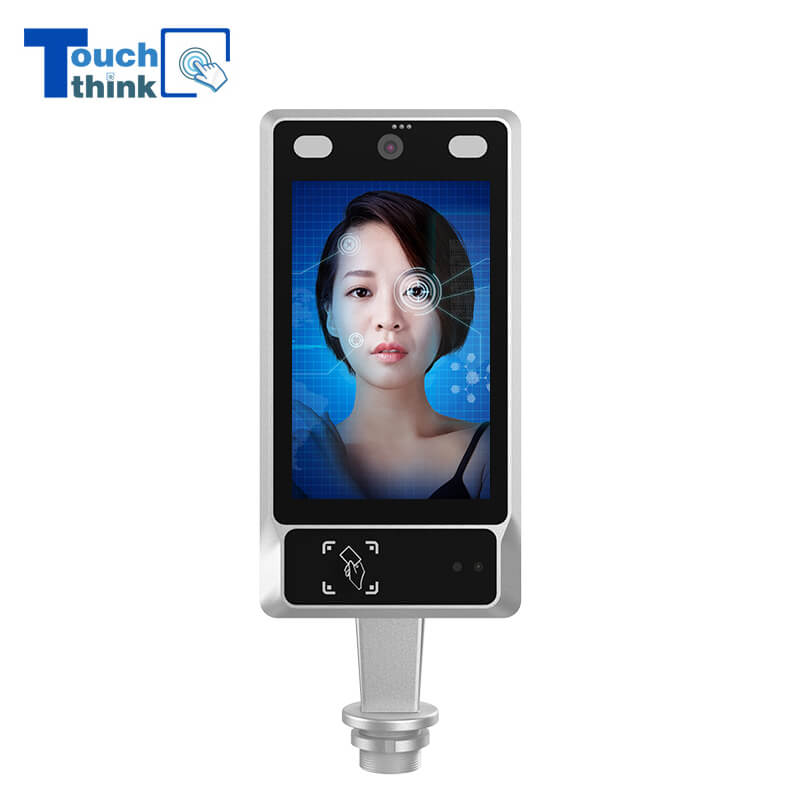
8 inch Facial Recognition Terminal For Turnstile Access Control VIEW MORE
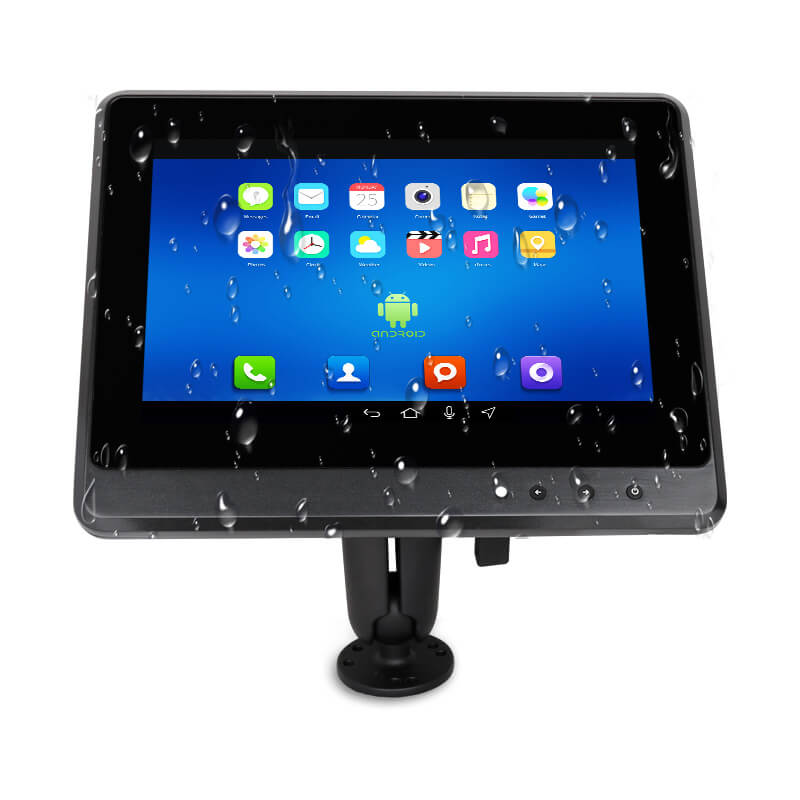
Android In-Vehicle Industrial Panel PC Vehicle AGV Computer VIEW MORE
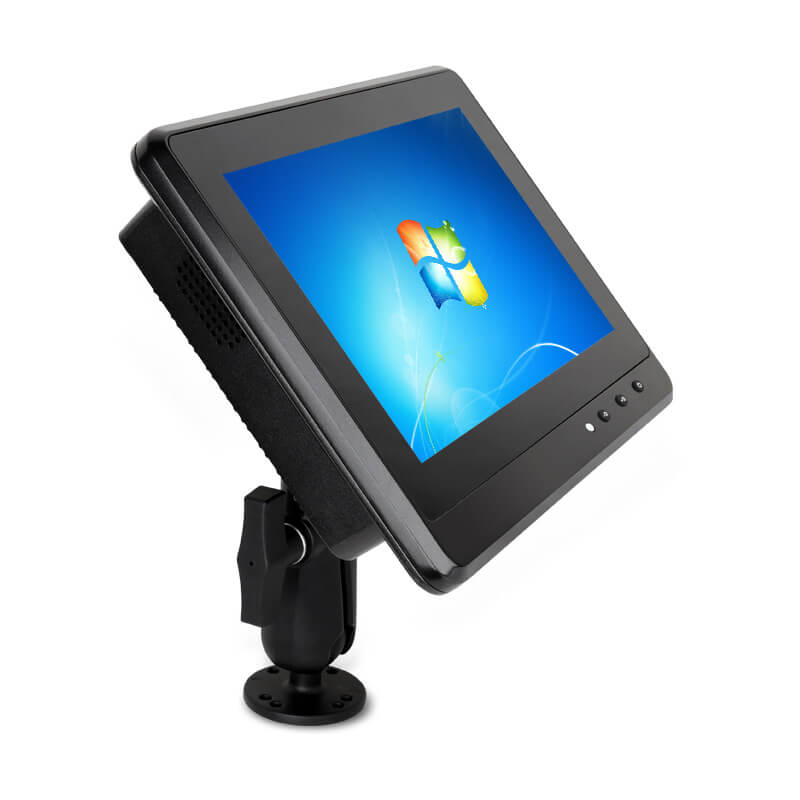
Transportation Panel PC Windows Vehicle Mounted Touch Computers VIEW MORE
Copyright © Shenzhen Touch Think Intelligence Co.,Ltd. All Rights Reserved Update cookies preferences